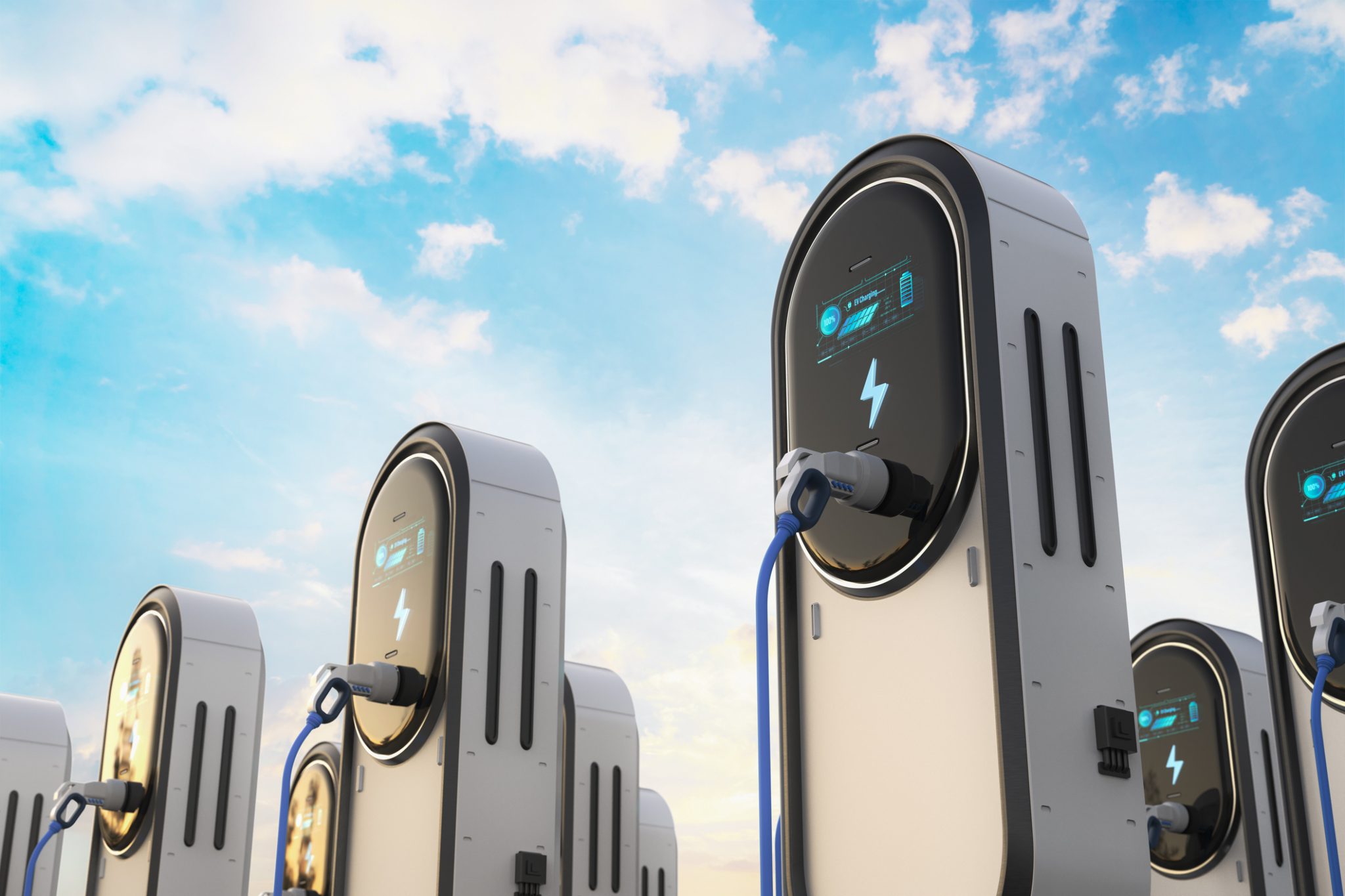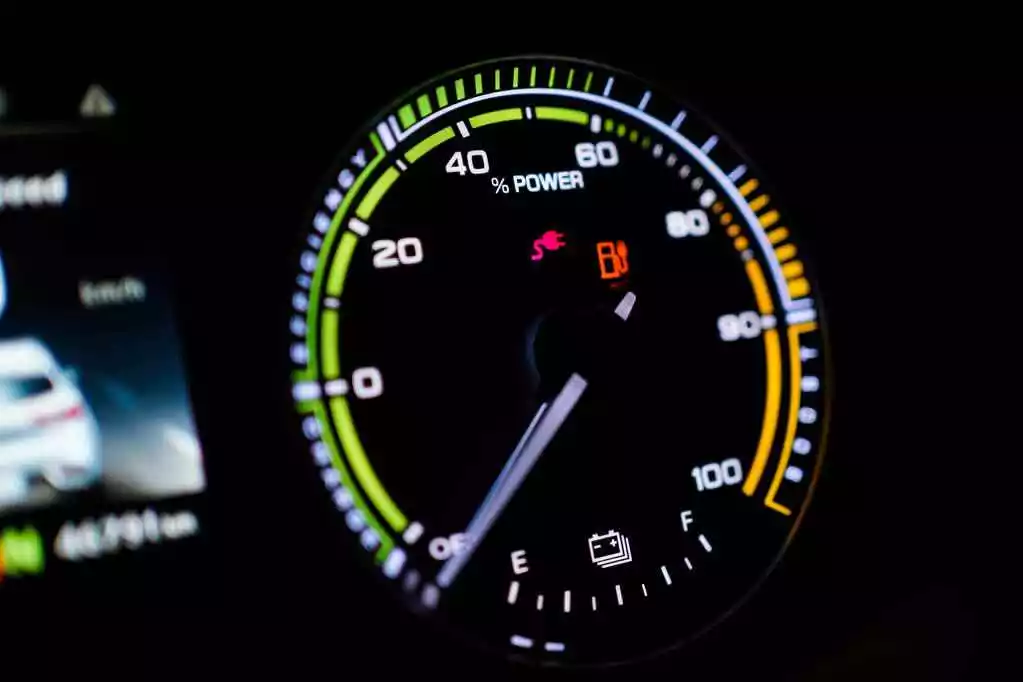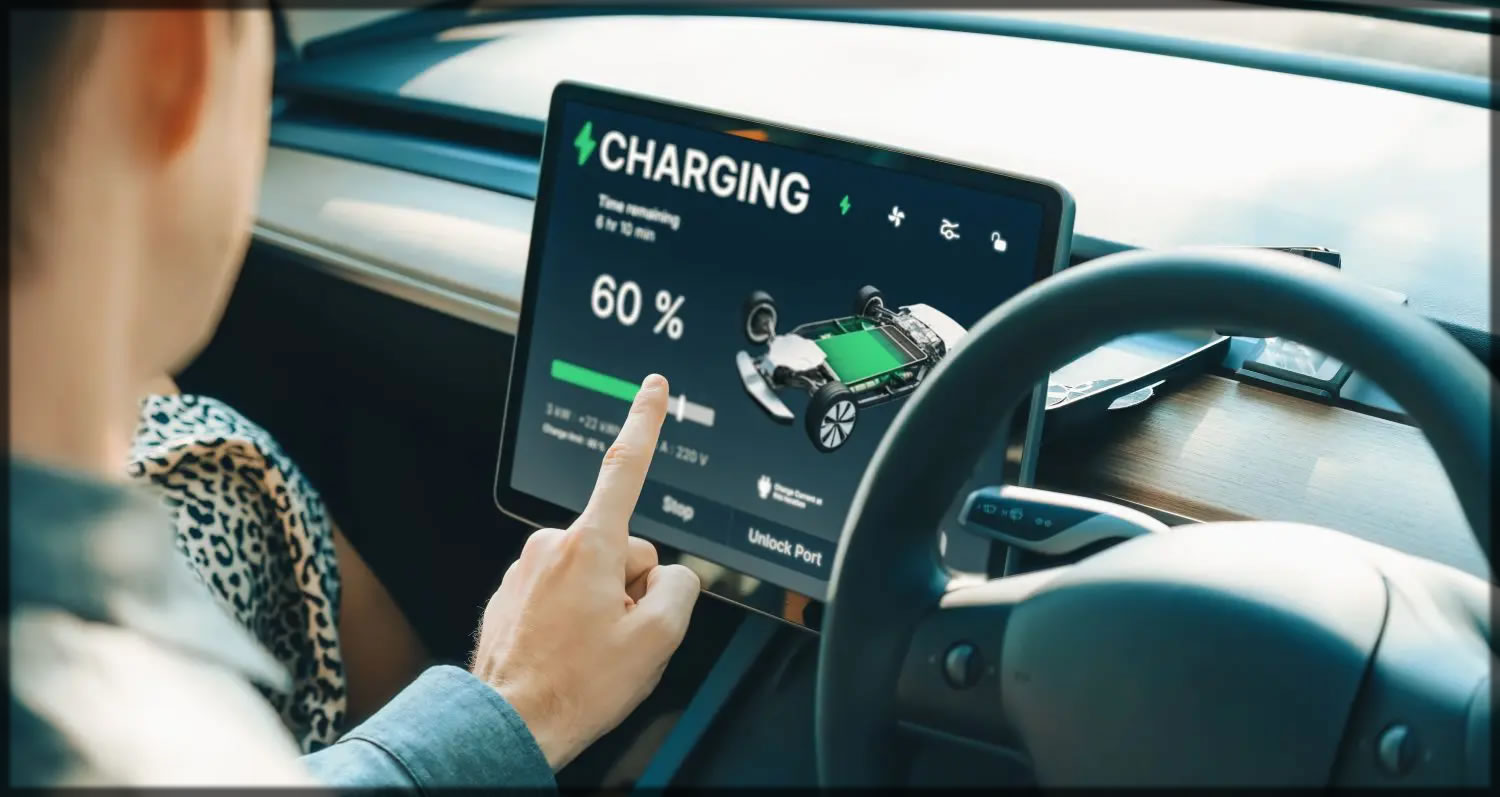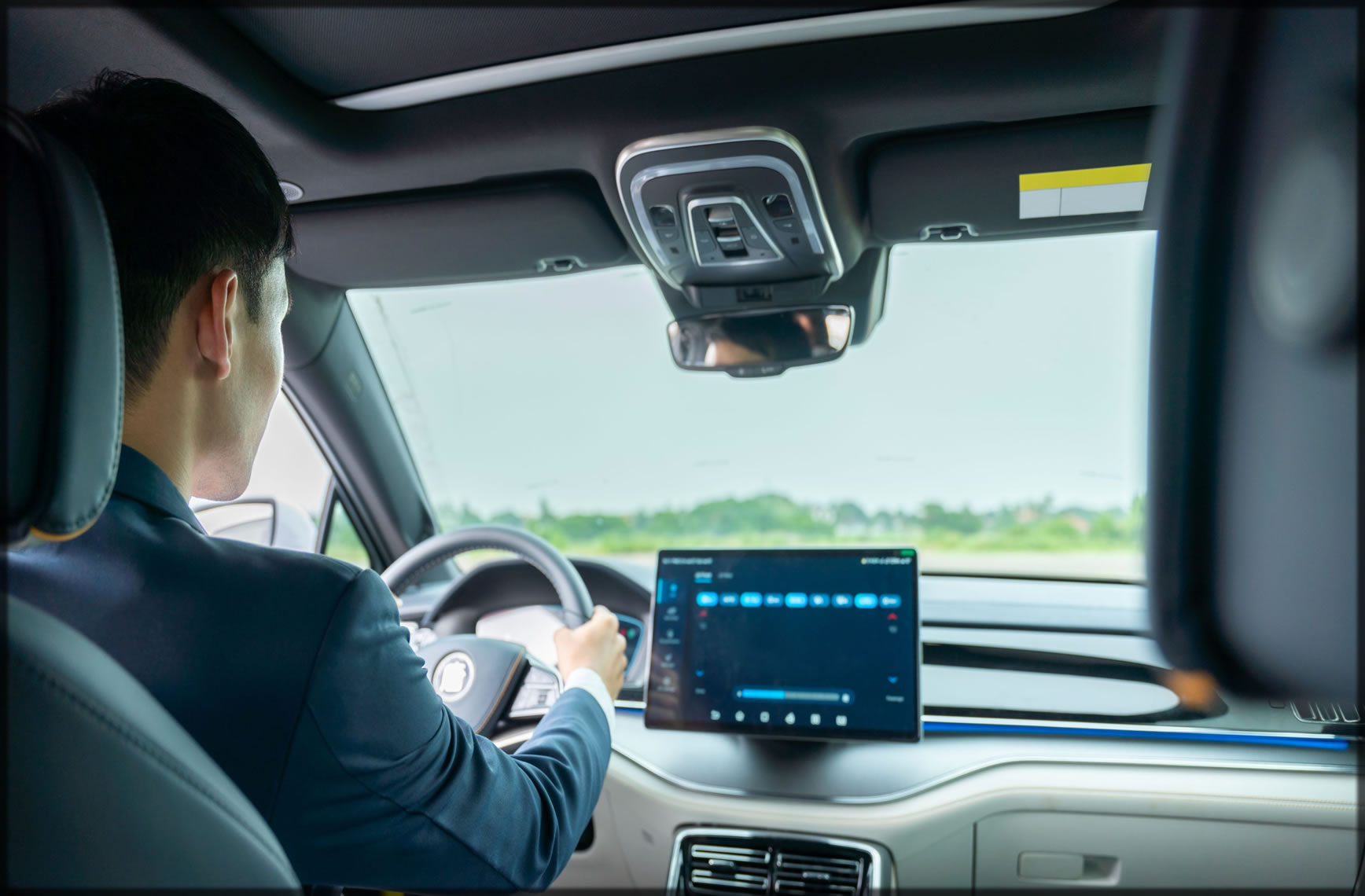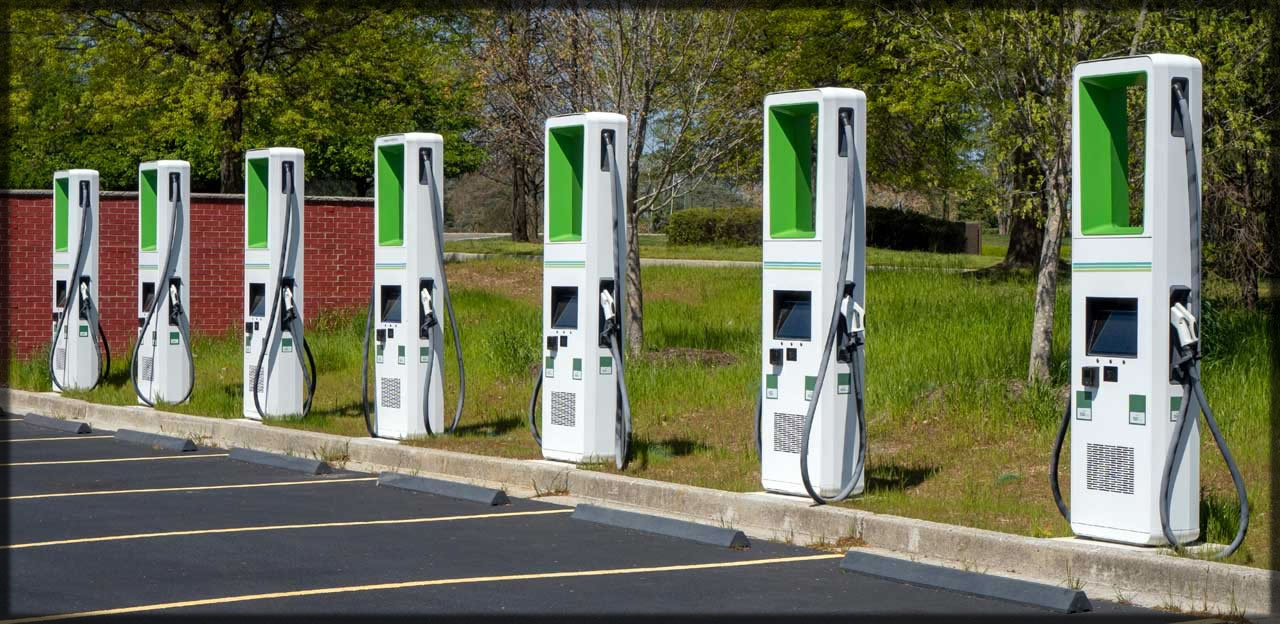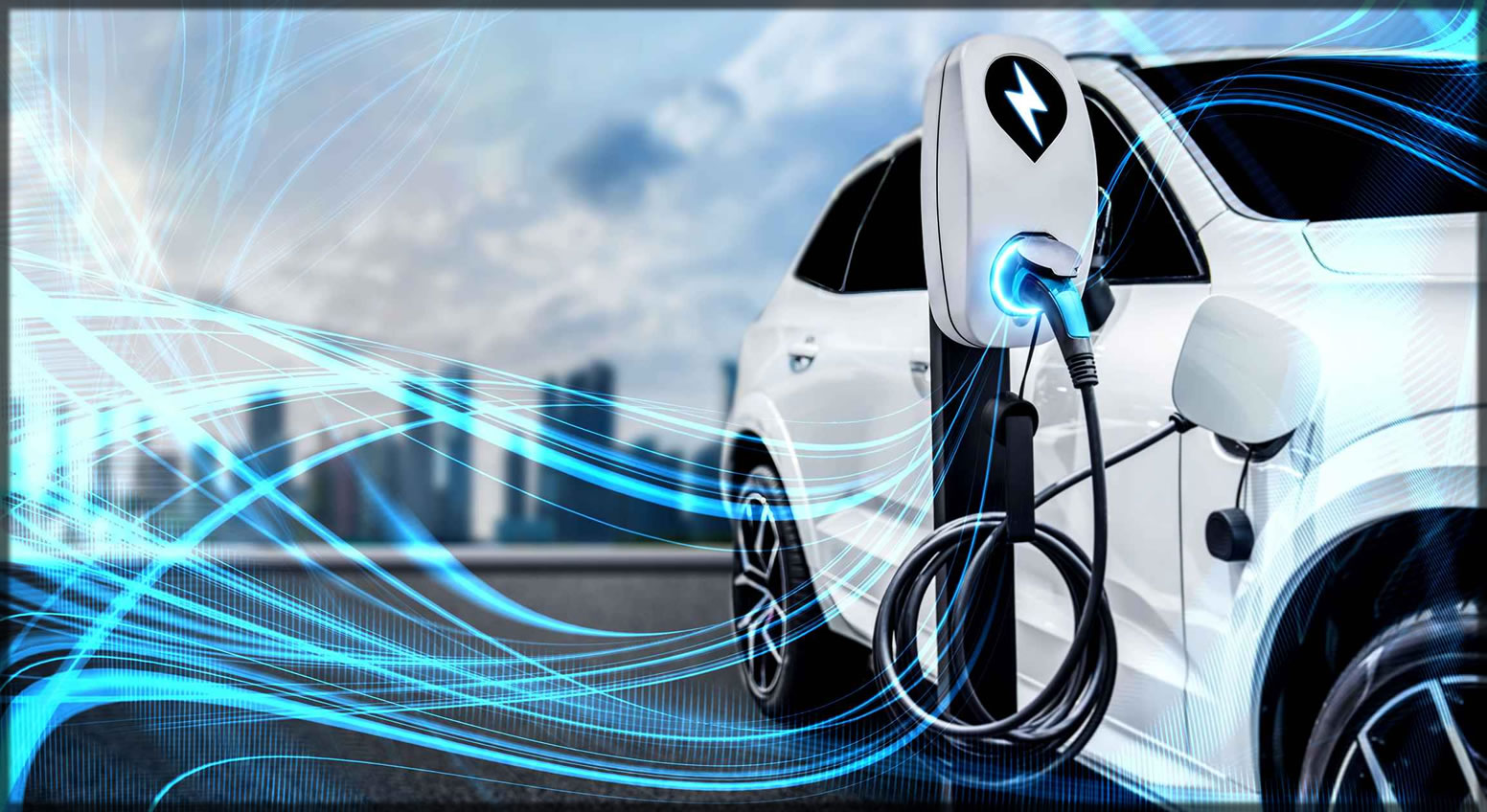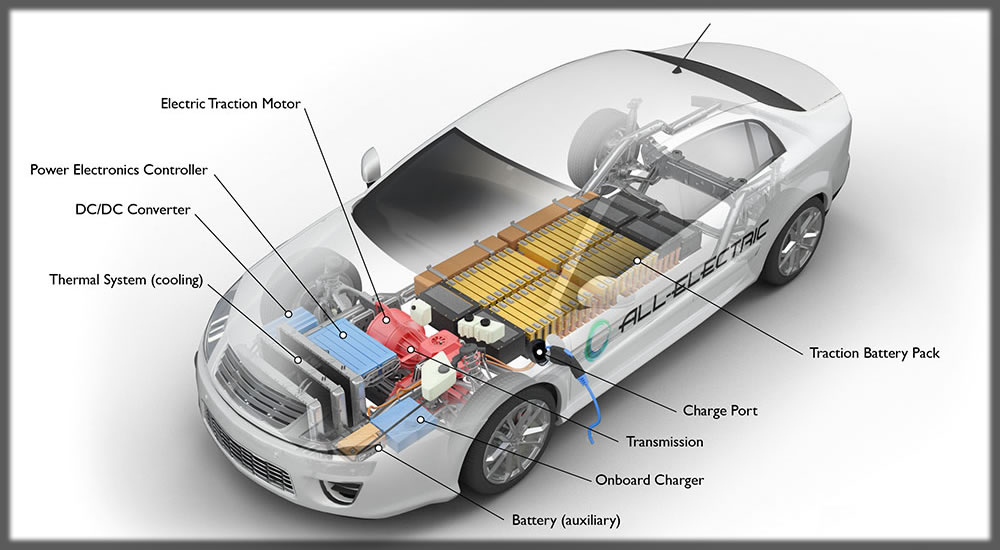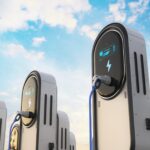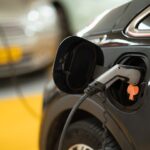Electric Vehicle Myths Debunked. Electric vehicles (EVs) have gained significant popularity in recent years, but despite their increasing presence on roads, many misconceptions still surround them. These myths often prevent potential buyers from considering EVs as a viable alternative to gasoline-powered vehicles. In this article, we will debunk some of the most common EV myths and provide clarity on what modern electric vehicles truly offer.
Myth 1: EVs Have Limited Range and Are Not Practical for Long Trips
One of the biggest concerns for potential EV owners is range anxiety—the fear that an EV will run out of battery before reaching its destination. While this may have been a valid concern in the early days of EVs, modern electric cars now offer significantly improved range.
Fact: Many EVs today provide ranges of 250-400 miles per charge, which is comparable to gasoline-powered cars. Models like the Tesla Model S, Lucid Air, and Rivian R1T can exceed 400 miles on a single charge. Additionally, the expansion of fast-charging networks, such as Tesla Superchargers, Electrify America, and Ionity, makes long-distance travel more convenient than ever.
Myth 2: Charging an EV Takes Too Long
A common misconception is that charging an EV takes hours, making them inconvenient for daily use. While it’s true that home charging can take several hours, public fast chargers significantly reduce charging times.
Fact: With DC fast chargers, an EV can gain 200-300 miles of range in just 15-30 minutes—similar to the time spent refueling and grabbing a coffee at a gas station. At home, Level 2 chargers (240V) can fully charge an EV overnight, ensuring a full battery each morning.
Myth 3: EVs Are Too Expensive
Many people assume that EVs are prohibitively expensive compared to gasoline cars. While premium EVs like Tesla, Rivian, and Lucid exist, affordable EV options are becoming more common.
Fact: The cost of EVs has steadily decreased, with models like the Chevrolet Bolt EUV, Nissan Leaf, and Tesla Model 3 offering competitive pricing. Government tax credits, rebates, and incentives can further reduce the cost. Additionally, EVs have lower operating costs due to fewer moving parts, no oil changes, and lower energy costs compared to gasoline.
Myth 4: EV Batteries Wear Out Quickly and Need Frequent Replacement
A major concern is that EV batteries degrade quickly and require costly replacements every few years.
Fact: Most modern EV batteries are designed to last over 10-15 years and come with manufacturer warranties of 8 years or 100,000 miles. Battery technology has improved significantly, and studies show that EV batteries lose only 1-2% of their capacity per year under normal use.
Myth 5: EVs Are Not Environmentally Friendly Due to Battery Production
Some claim that EVs are just as bad for the environment as gasoline cars because of lithium-ion battery production and mining practices.
Fact: While battery production has an environmental impact, EVs still produce significantly fewer emissions over their lifetime compared to gasoline cars. Studies show that even when accounting for battery production and electricity generation, EVs reduce greenhouse gas emissions by 50-70% over their lifespan. Moreover, battery recycling programs and advancements in sustainable battery materials are reducing environmental concerns.
Myth 6: The Electrical Grid Can’t Handle More EVs
Some believe that if EV adoption increases, the electrical grid will collapse due to excessive demand.
Fact: The grid is already being modernized to support increased electricity consumption, and EV charging is often done overnight when demand is lower. Smart charging solutions, renewable energy integration, and vehicle-to-grid (V2G) technology are making EVs part of the solution rather than the problem.
Myth 7: EVs Are Not as Safe as Gasoline Cars
Some sceptics believe that EVs are more dangerous due to the risk of battery fires.
Fact: EVs undergo rigorous safety testing and, in many cases, perform better than gasoline vehicles in crash tests. While lithium-ion batteries can catch fire, the incidence rate is lower than gasoline car fires. Additionally, EVs have lower centers of gravity, reducing rollover risk, and come equipped with advanced driver-assistance systems (ADAS) that enhance safety.
Myth 8: There Aren’t Enough Charging Stations
One concern is that charging stations are not as widespread as gas stations, making EVs impractical.
Fact: Charging infrastructure is growing rapidly worldwide. In the U.S. alone, there are over 160,000 public charging ports, and networks like Tesla Superchargers, Electrify America, and ChargePoint continue to expand. Additionally, 80% of EV charging happens at home, meaning public chargers are often needed only for long trips.
Myth 9: EVs Don’t Perform Well in Cold Weather
Cold temperatures can reduce battery efficiency, leading to concerns about EV reliability in winter conditions.
Fact: While cold weather affects all vehicles, modern EVs come equipped with heat pumps, battery preconditioning, and thermal management systems to improve efficiency in winter. Moreover, EVs have instant torque and all-wheel drive options, making them excellent performers in snow and ice.
Myth 10: EVs Have Limited Model Options
Some believe that EV choices are still too limited, with few body styles available.
Fact: The EV market has expanded significantly, offering sedans, SUVs, trucks, and even performance cars. Ford F-150 Lightning, Rivian R1T, Tesla Model Y, Hyundai Ioniq 5, Volkswagen ID.4, and Chevrolet Equinox EV are just a few examples that cater to different needs and preferences.
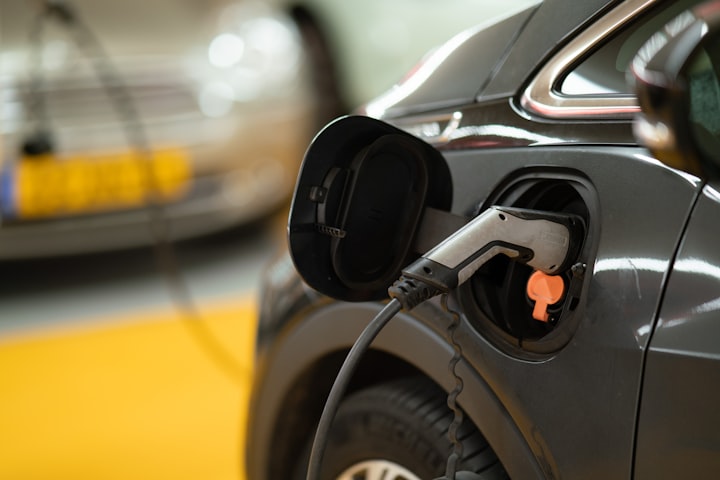
Conclusion
The myths surrounding EVs are often based on outdated information or misconceptions. With improvements in battery technology, charging infrastructure, affordability, and environmental benefits, EVs are more practical than ever. As adoption continues to grow, these misconceptions will continue to fade, paving the way for a cleaner, more sustainable transportation future.

